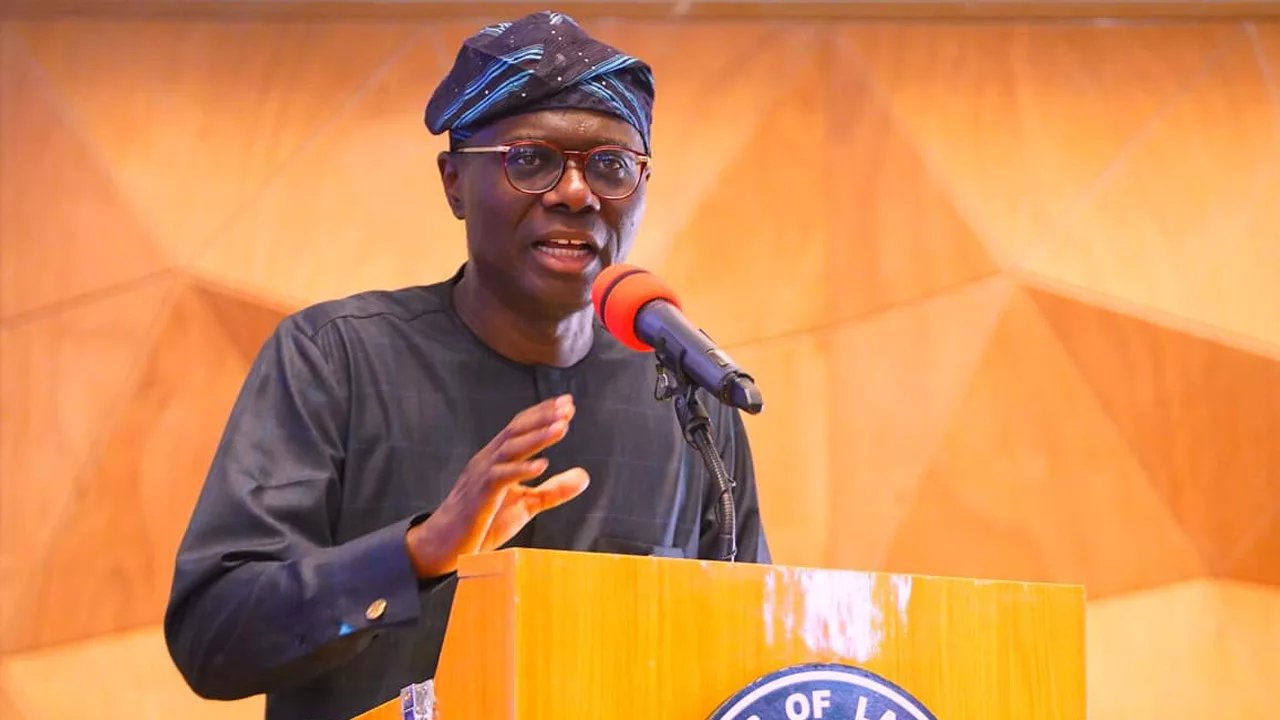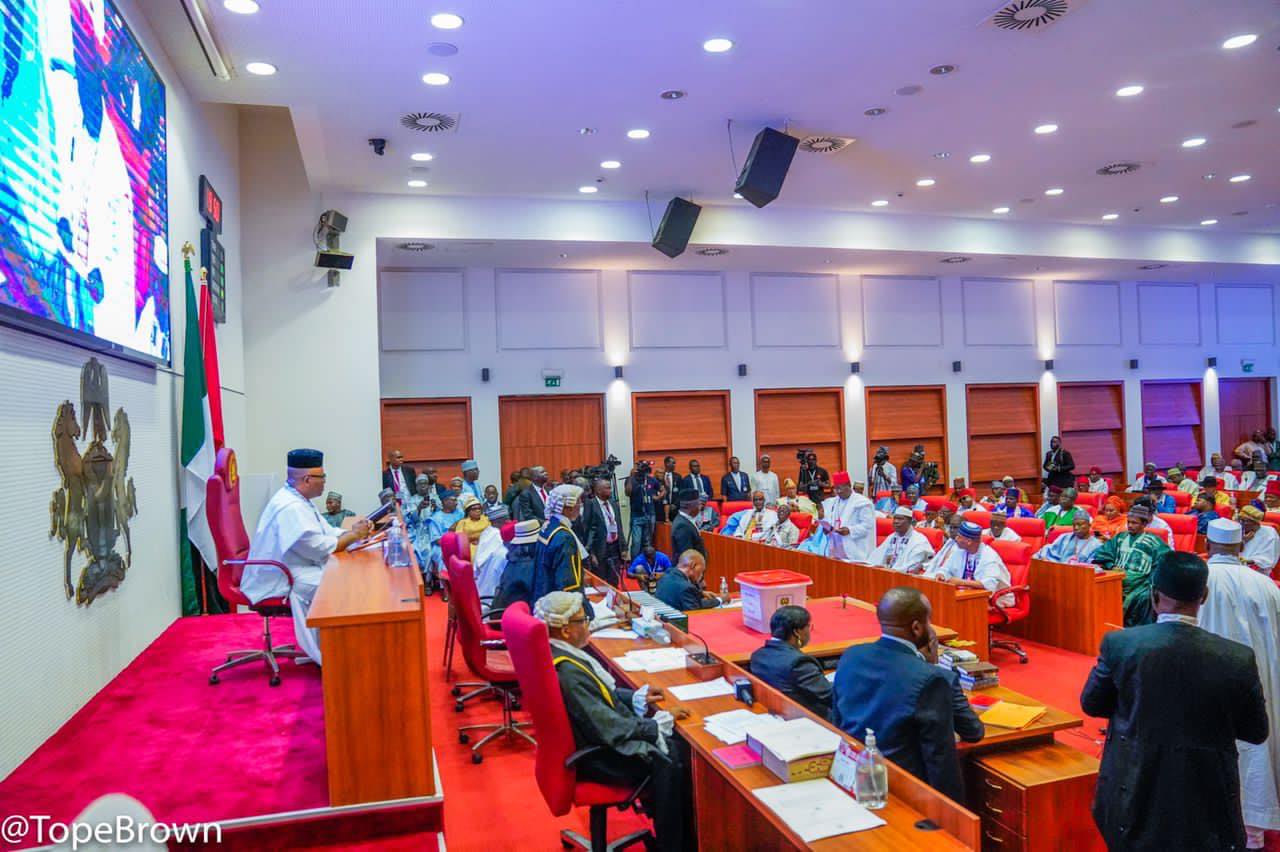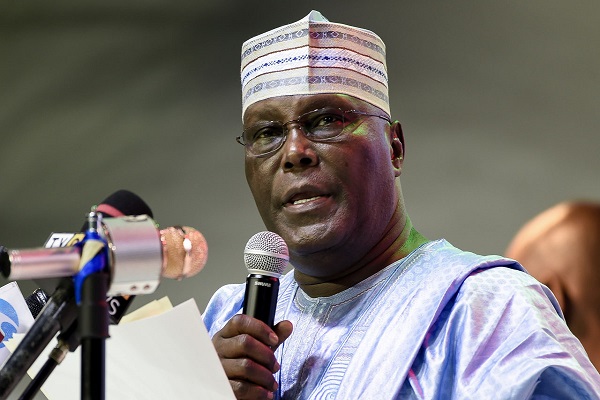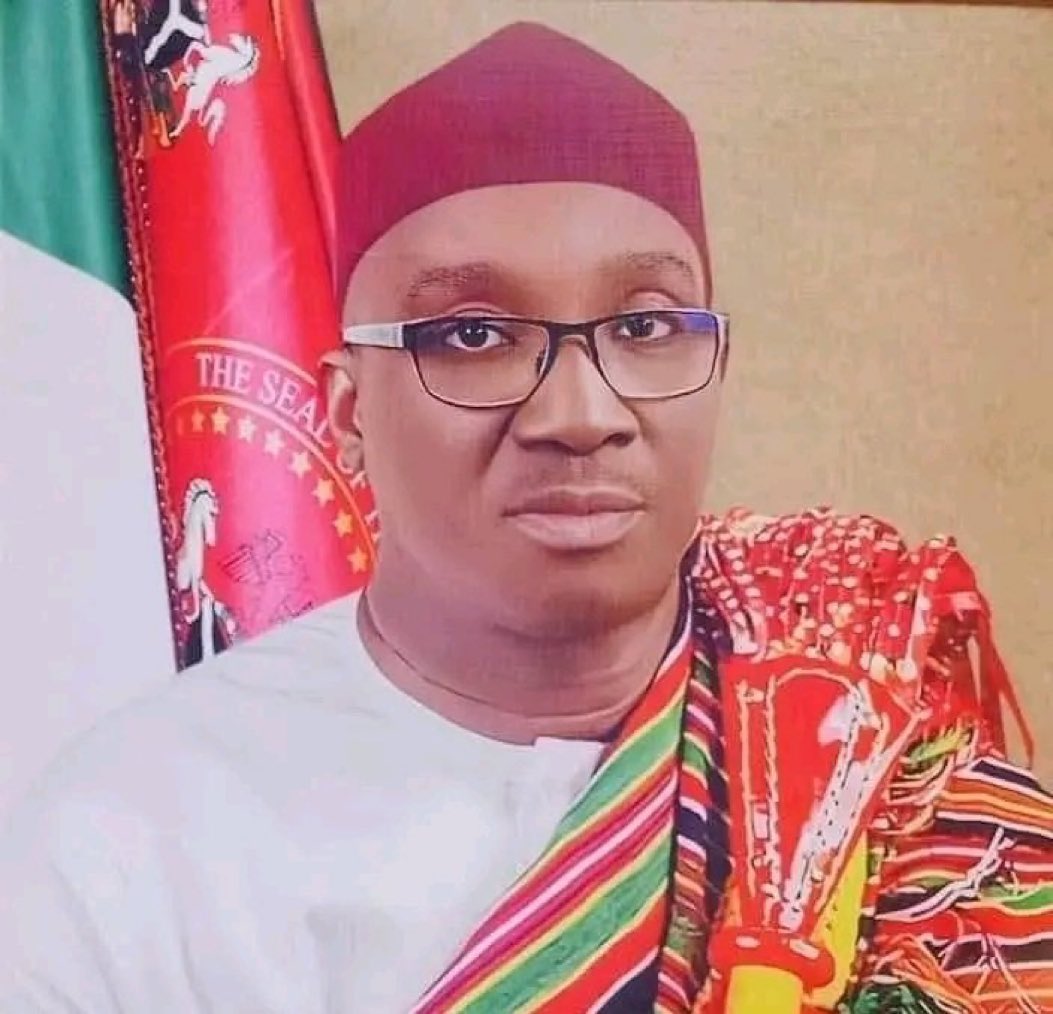The Lagos State Government has earmarked ₦1.052 trillion for infrastructure development and sustainability as part of its ₦3.367 trillion 2025 budget, Commissioner for Economic Planning and Budget, Mr. Ope George, announced on Friday.
Budget Breakdown & Funding Sources
George, speaking at Alausa, Ikeja, revealed that the budget, themed “Budget of Sustainability”, aligns with Governor Babajide Sanwo-Olu’s commitment to completing ongoing projects across the state.
The ₦3.367 trillion budget will be funded from:
- Total revenue estimate: ₦2.968 trillion
- Internally Generated Revenue (IGR): ₦2.230 trillion
- Capital Receipts: ₦111.839 billion
- Federal Transfers: ₦626.137 billion
Internally Generated Revenue (IGR) Breakdown
The Lagos Internal Revenue Service (LIRS) will contribute:
✅ ₦1.4 trillion (63%) of the projected IGR
✅ Other MDAs: ₦830.177 billion (37%)
The state government plans to generate 80% of its revenue internally, ensuring budget sustainability by:
📊 Expanding the tax net
📲 Deploying technology for revenue collection
🧩 Economic intelligence & data analysis
Key Infrastructure Priorities
The ₦1.052 trillion earmarked for infrastructure development will focus on:
✅ Road construction & rehabilitation
✅ Public transport expansion
✅ Water resources & environmental projects
✅ Power & energy investments
✅ Housing & urban renewal
Commissioners Present at the Briefing
George was joined by Lagos State Commissioners including:
- Gbenga Omotoso (Information & Strategy)
- Abayomi Oluyomi (Finance)
- Prof. Akin Abayomi (Health)
- Tokunbo Wahab (Environment & Water Resources)
- Oluwaseun Osiyemi (Transport)
- Tunbosun Alake (Innovation, Science & Tech)
- Biodun Ogunleye (Energy & Mineral Resources)
Governor Sanwo-Olu’s Vision
George emphasized that the 2025 Budget of Sustainability is not just a fiscal document, but a commitment to economic stability, environmental sustainability, and social equity for future generations.
The Lagos government aims to maintain its position as Nigeria’s economic hub, ensuring long-term growth and resilience through strategic investments in critical infrastructure.




